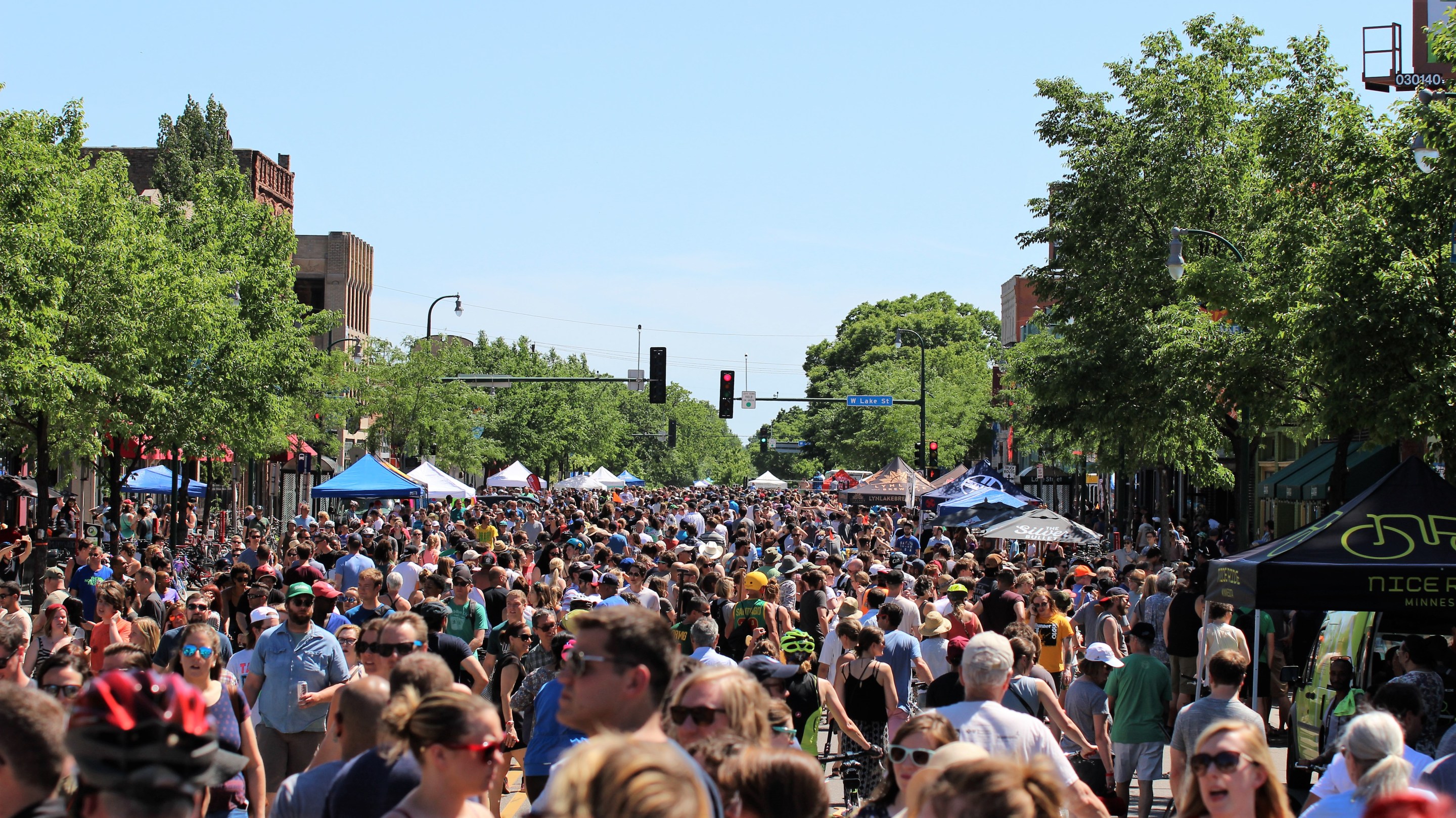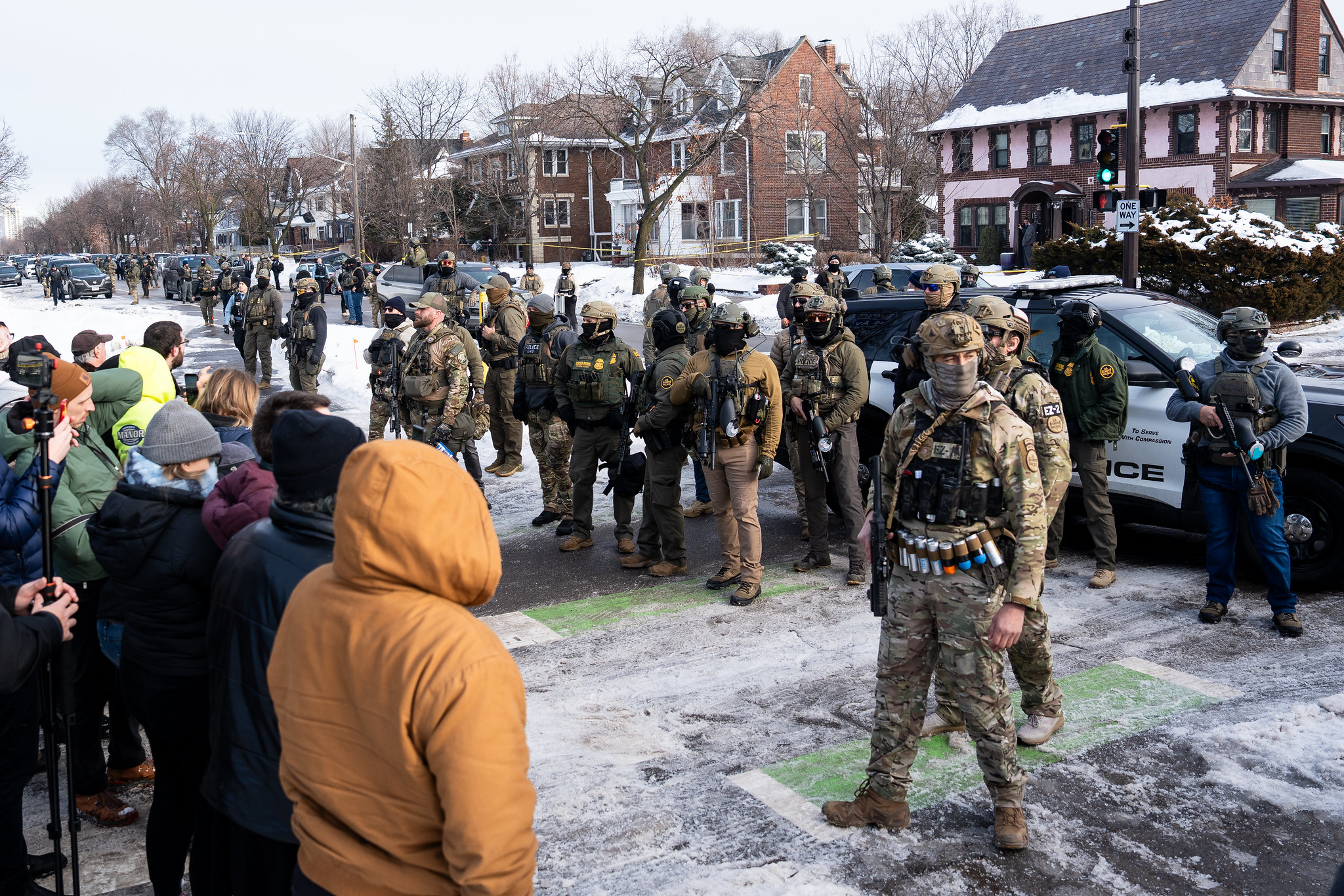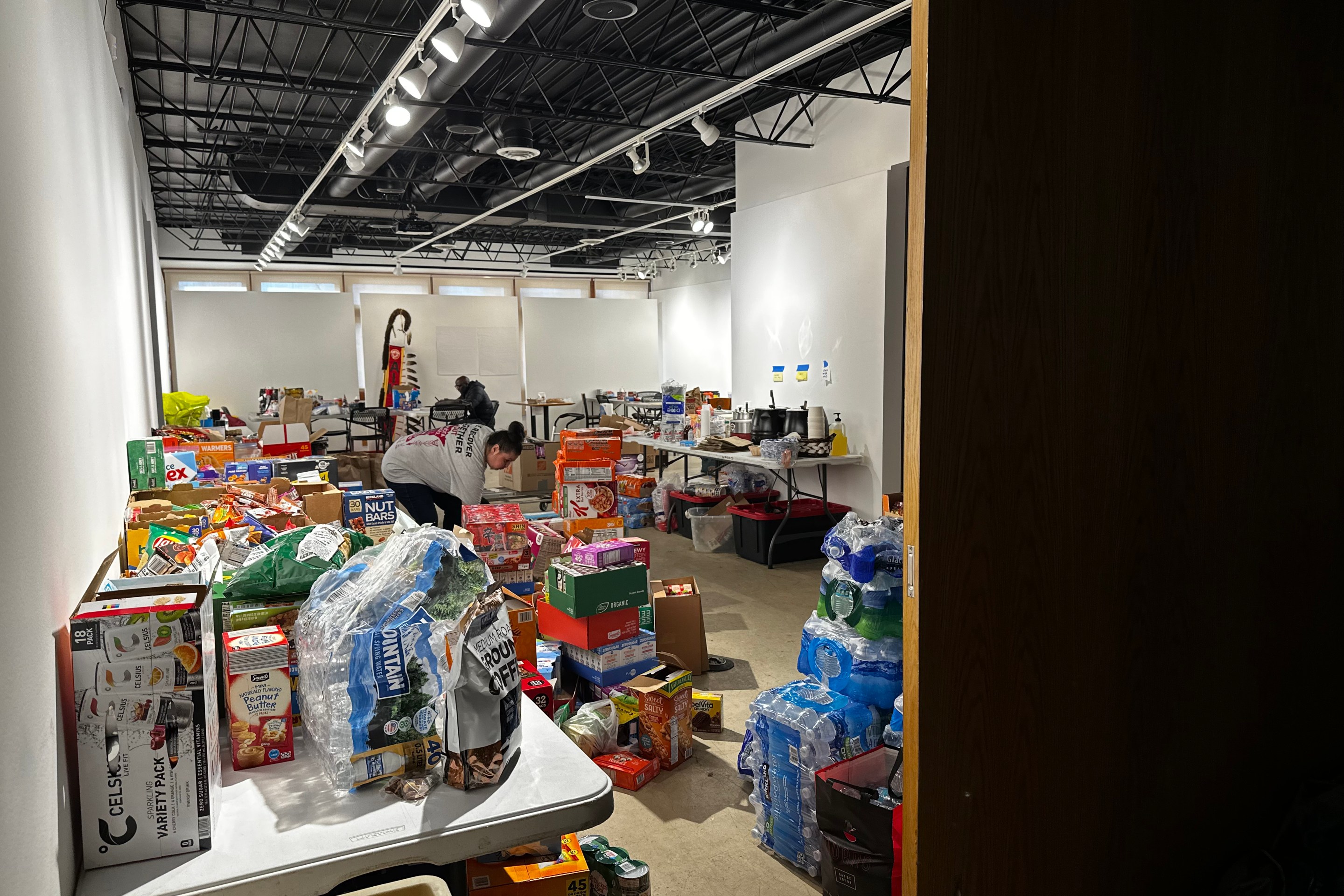Welcome back to The Flyover, your daily digest of important, overlooked, and/or interesting Minnesota news stories.
The Open Streets Saga, Explained
This morning, Our Streets Minneapolis shared a video answering a question we've had for a while now: What's going on with Our Streets? Specifically, "What the !@$* happened with Open Streets MPLS?"
In the 13-minute clip, Ember Rasmussen, who's planned the last three years of the beloved program, outlines everything that's transpired between Our Streets and the city of Minneapolis since August, when the nonprofit submitted a budget proposal for 2024's event series. Our Streets doesn't make money from Open Streets, which is a tremendous feat of organization and coordination; the request was submitted "so that the burden of making the events happen is not on communities, is not on neighborhood associations, not on participants and, like, small businesses, who we want to benefit from the event," Rasmussen explains. It's not unprecedented or uncommon for the city to fund events like this. Warehouse District Live, for example, received $750,000 in funding for 2024, according to Our Streets, which had asked the city for $851,000.
Shortly after submitting a budget, Public Works announced a "mutual decision" to end the contract between Our Streets and Public Works—which was news to Our Streets. (Racket previously covered this confusing fabrication in a lengthy chat with Our Streets Executive Director Jose Zayas Caban.)
Here's the latest: In January, the city released a request for proposal (RFP) for the 2024 Open Streets series, a process that should have been completed by January, Rasmussen says. And the RFP looked very different than it had in previous years. Specifically, no organizer will be allowed to manage more than two Open Streets events.
For years, Our Streets has been the sole organizer of the summer series. Now, everything from rates to contact information to the method of applying for each Open Streets will differ depending on where the event is being held and which organization is managing it. "It's really concerning, honestly, the changes that were made," Rasmussen says, adding that the new RFP sets neighborhood orgs up to fail by putting the burden of cost and organizing each Open Streets event on them.
Our Streets did apply for two routes, pending an additional ask for funding. The organization was awarded Franklin Avenue (that's something!) but denied the necessary funding increase (booo!). Ultimately, despite founding the event series, Our Streets is not the organizer for any Open Streets events this year. What will that mean for the success of these events, which typically welcome up to 50,000 people? Well... it doesn't sound good, does it?
You can watch Our Streets' video outlining the whole frustrating situation below.
Walker Workers Take a Stand Against Standing Policy
The Walker Art Center's unionized workers are feeling "blindsided" by a policy requiring hourly gallery assistants stand at all times while on the job, according to the Star Tribune's Zoë Jackson. They're pushing back against the policy on social media, and asking Walker guests and patrons to do the same via the @walkerworkerunion Instagram.
"Building community starts with the workers inside our walls. If we cannot accommodate them, how can we say we are who we are?" asks Rob C. (unintentionally invoking one of the best X Files episodes). "I have seen all of my coworkers who need ADA accommodations have to jump through hoops and be treated like problems when they are making very small requests that would help them do their jobs more effectively," writes Ben R., who says the policy is causing them to leave the Walker.
On Instagram, workers are imploring their followers to "help us get the message across—send a postcard in to the Walker, send an email, or stop by the front desk to fill out a comment card."
BMTN's Grocery Games
Ah, that pesky human problem of needing to purchase, prepare, and consume food in order to live. So expensive, even when inflation isn't giving ya the squeeze! Which is why Hayley Nelson over at Bring Me the News took a look at a dozen grocery stores around the Twin Cities to determine how much a typical 22-item grocery run would cost at each.
There aren't a ton of surprises here, especially since we ran a similar experiment at local chains a few years back. (We did things a little differently, going brand-for-brand whenever possible rather than tallying up the cheapest generic options, as BMTN did.) I was taken aback by how big the spending gap is between the cheapest and most expensive grocery options. On the more affordable end, you've got Aldi ($57.49), Walmart ($63.24), and Target ($74.69); on the high end there's Whole Foods ($112.89), Kowalski's ($130.81), and the Mississippi Market co-op ($135.17).
Across MN, the Wealth Gap Grows
When it comes to Minnesota's wealth gap, reports Ana Radelat at MinnPost, there's good news and there's bad news. The good news? The state has one of the narrowest income gaps nationally. The bad news? “Minnesota looks great on a lot of measures, but it is one of the worst places for non-white groups,” Angela Fertig, a social policy research scientist at the University of Minnesota, tells MinnPost. Ah, well.
Specifically, there's a large gap in home ownership rates between white and non-white Minnesotans, especially Black Minnesotans. One recent study found that 77.5% of white households own their homes compared to 30.5% of Black households. And the wealth-building properties of homeownership, combined with disparate household income rates between white and non-white residents, are causing the wealth gap in the state to grow, mirroring a national trend, Radelat reports.







